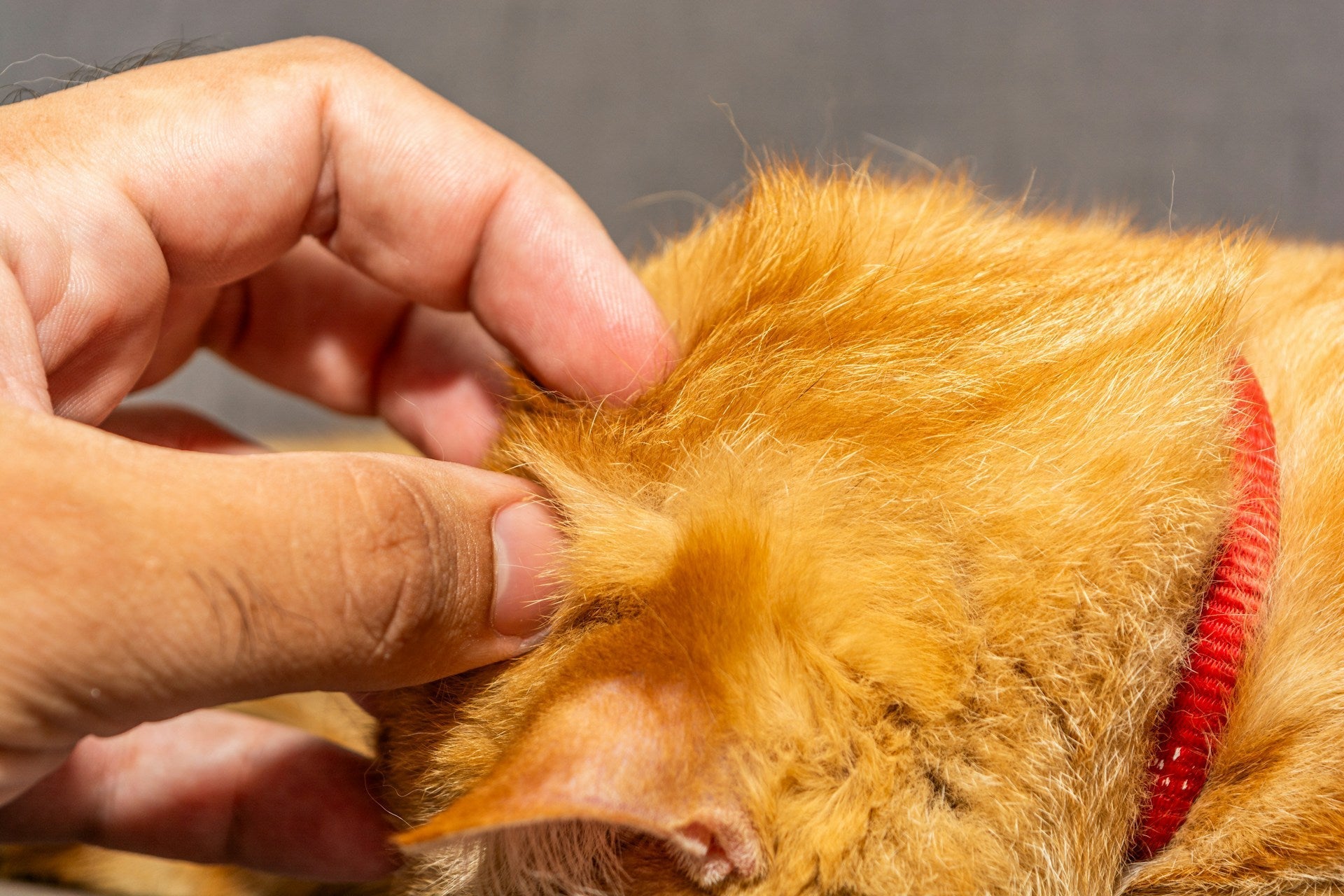Pet Brush Is Causing Static Damage? Fix It Fast

Quick answer: If your pet brush is causing static damage, lower indoor humidity to 40–60%, switch from plastic to metal/wood or natural-bristle tools, lightly mist the coat or brush before grooming, and use long, gentle strokes—never dryer sheets on pets.
When your pet brush is causing static damage, grooming can flip from calming to chaotic in seconds. That sharp “zap,” flyaway fur, and a suddenly skittish dog or cat are classic clues that static electricity is building as bristles move through hair—especially in dry indoor air. The good news: with a few easy tweaks to your tools, technique, and environment, you can stop the shocks fast and protect your pet’s skin and coat.
5 Signs Your Pet Brush Is Causing Static Damage
- Crackling sounds and flyaway fur. Audible “pops” and hair that lifts from the body are textbook static clues.
- Flinching and grooming avoidance. Pets remember uncomfortable zaps and may pull away or hide when the brush appears.
- Sudden tangles and mats. Charged hairs cling together and twist, turning small knots into stubborn mats.
- Dull, brittle coat. Static lifts cuticles and wicks moisture, which reduces natural shine and resiliency.
- Grooming becomes a battle. When routine brushing feels tense, static and friction are frequent culprits.
Why Static Happens When You Brush
Brushing creates friction that transfers electrical charge between the coat and the tool (the “triboelectric effect”). In low humidity, charges don’t dissipate easily, so energy builds until it discharges as a small shock. Plastic tools and bone-dry coats make this worse; moisture and conductive materials make it better.
Fix It Fast: 7 Proven Ways to Stop Static
- Dial in humidity (40–60% RH). Use a small hygrometer to monitor rooms and a humidifier in dry seasons.
- Choose anti-static tools. Prefer stainless-steel combs, wood pins/handles, or natural-bristle brushes instead of plastic.
- Pre-mist the coat or brush. A light spritz of water or a pet-safe leave-in conditioner reduces friction and flyaways.
- Brush gently and don’t over-do it. Long, smooth strokes with minimal pressure protect the cuticle and reduce charge.
- Avoid dryer sheets. Fabric softeners contain chemicals that are not safe for pets; use pet-formulated sprays instead.
- Swap staticky fabrics. Replace polyester/fleece bedding with cotton or tightly woven natural fibers.
- Support skin from within. Adequate hydration and vet-approved omega-3s help the coat resist dryness and static.
Safety note: Never spray products near the eyes, nose, or mouth. Test any new formula on a small area first and follow label directions.
Best Tools & Materials for Static-Prone Coats
- Metal comb (fine + coarse teeth): Glides smoothly, removes loose hair, carries away charge better than plastic.
- Natural-bristle or wood-pin brush: Softer contact, distributes natural oils, and minimizes friction.
- Misting bottle: Even, light hydration before you start prevents “bone-dry” brushing.
- Microfiber grooming towel: For gentle drying without over-friction after baths.
Pro tip: If you must use a slicker, choose one with rounded/polished pins and a cushioned pad, and always pre-mist first.
Prevention Checklist (Pin This!)
- Maintain 40–60% indoor humidity
- Switch from plastic to metal/wood/natural-bristle tools
- Pre-mist coat/brush before grooming
- Use long, gentle strokes; limit passes per section
- Avoid dryer sheets on pets or their bedding
- Keep bedding/fabrics low-static (cotton > polyester)
- Prioritize hydration + omega-3s for coat health
FAQs
Q: What humidity level prevents static in pet coats?
A: Keep indoor relative humidity around 40–60% so charges dissipate before you feel a zap.
Q: Which brushes reduce static?
A: Use stainless-steel combs, wood pins/handles, or natural bristle. Avoid plastic on dry coats.
Q: Can I use dryer sheets on my pet or their bedding?
A: No. The chemicals in fabric softeners aren’t formulated for animals. Choose pet-safe conditioning sprays instead.
Q: My pet hates brushing now—what should I do?
A: Rebuild positive associations: pre-mist, use gentle tools, brush in short sessions, and reward frequently. If fear persists, consult a groomer or trainer.
Closing & Gentle CTA
Ready for calmer grooming sessions? Swap to anti-static tools, add a light pre-mist, and keep indoor air comfortably humid. Your pet’s coat—and your bond—will thank you.


